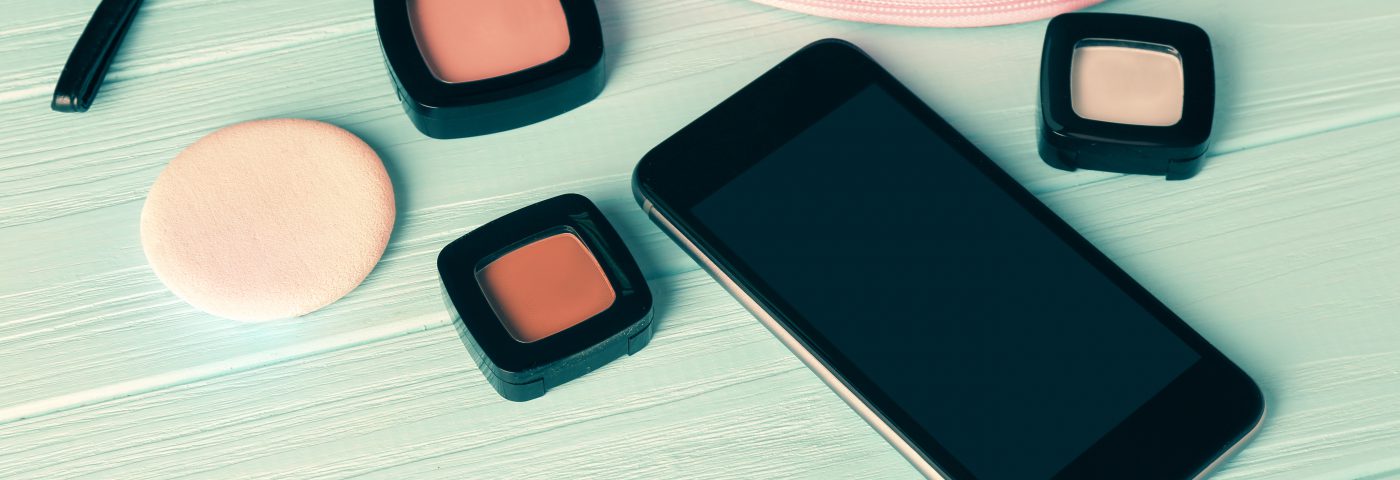Technology has moved seamlessly into all areas of our lives, including beauty. Connectivity via smartphones and tablets has opened up new ways that consumers can discover, interact with and purchase products, while next generation wearables are helping them to assess their efficacy.
Apps are a smart way to engage beauty consumers and usage has been booming in the past couple of years. According to Modiface, the world’s leading mobile beauty company, there have been 30 million mobile beauty downloads this year.
The company’s augmented reality technology enables consumers to try on make-up, experiment with hair colour and styles and analyse their skin. For consumers, seeing how products can work in real time is proving to be a game-changer and Sephora, Clinique, Estee Lauder and L’Oreal are amongst the forerunners in this technology.
In another development, RYNKL, a wrinkle-tracking app developed by Youth Laboratories is designed to dynamically analyse facial wrinkles and test the efficacy of beauty products through the use of ageing biomarkers. The app takes pictures of the face and analyses the condition of the skin and how it changes in response to circumstances such as loss or gain of weight, drug and supplement regimens, skin creams and cosmetic products. At April’s in-cosmetics Global in London, Anastasia Georgievskaya, research scientist at Youth Laboratories, will discuss how artificial intelligence (AI) can be harnessed to help people look younger.
A lot of the newest smartphone app technology for beauty comes from Asia. Shiseido has introduced Misette, which enables users to share make-up tips and search by parts of the face, rankings or tags. Earlier in 2016, the company also launched a digital game for the launch of Rouge Rouge Kiss Me that allowed users to kiss someone simultaneously via their screen.
Elsewhere, Korean beauty brand Laneige was the first to launch a beauty mirror app that detects facial movement in real time and gives the impression of applying make-up. Users can share their “looks” on social media and also purchase their preferred products directly from Laneige.
Whereas apps are becoming commonplace within the beauty arena, wearable technology is still in its infancy. The types of products available come in the form of stickers and wristbands that take measurements of UV exposure or various skin markers, such as moisture content and presence of toxins that determine pollution levels.
An example is Tzor, a wearable environmental tracker that is smartphone connected and measures air quality, temperature and UV exposure, allowing users to pinpoint pollution hotspots to live healthier lives. Other portable trackers include OKU and WAY, combining skin analytics with environmental statistics.
The future of digital beauty is all about empowering consumers with simple to use tools at their fingertips. It’ll up to beauty brands to keep pace with consumer expectations.
AUTHOR: Imogen Matthews is a cosmetics industry consultant at I M Associates

